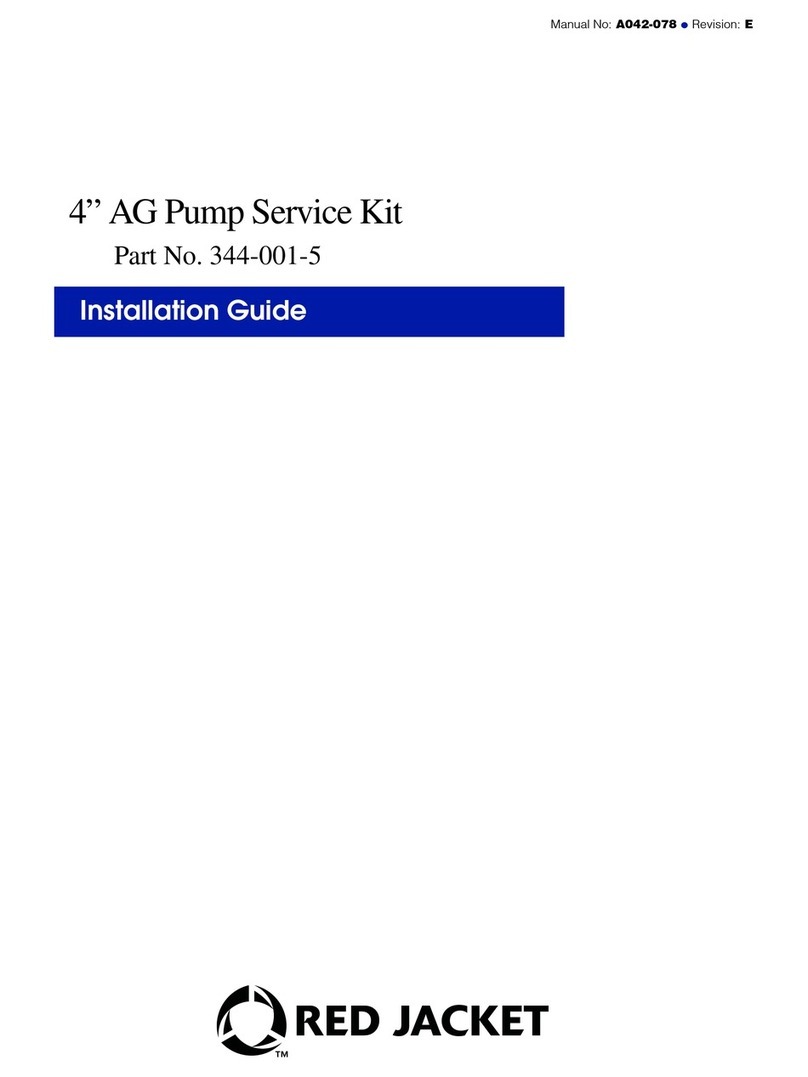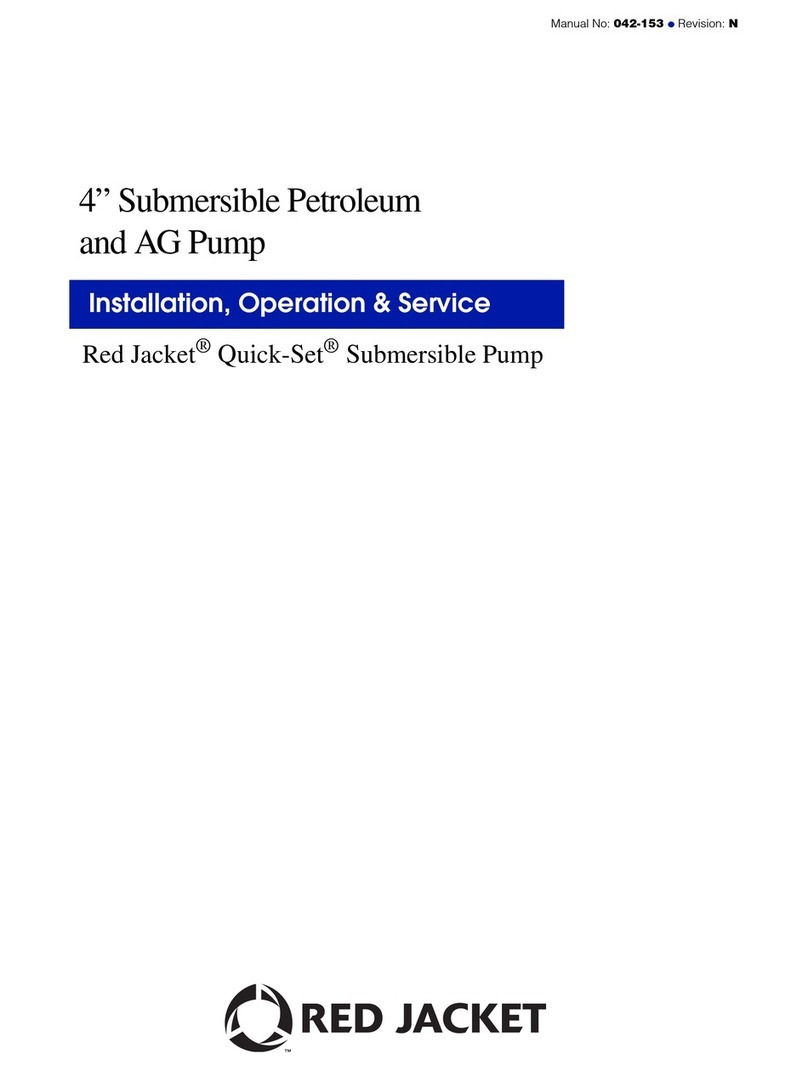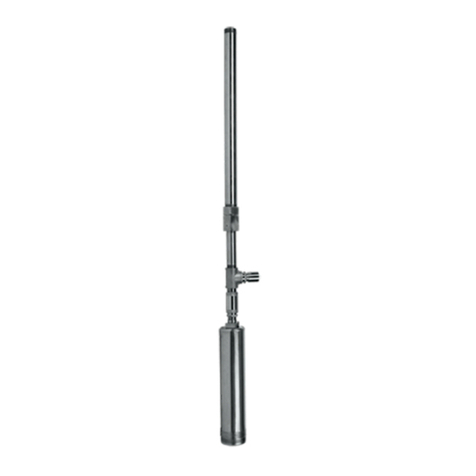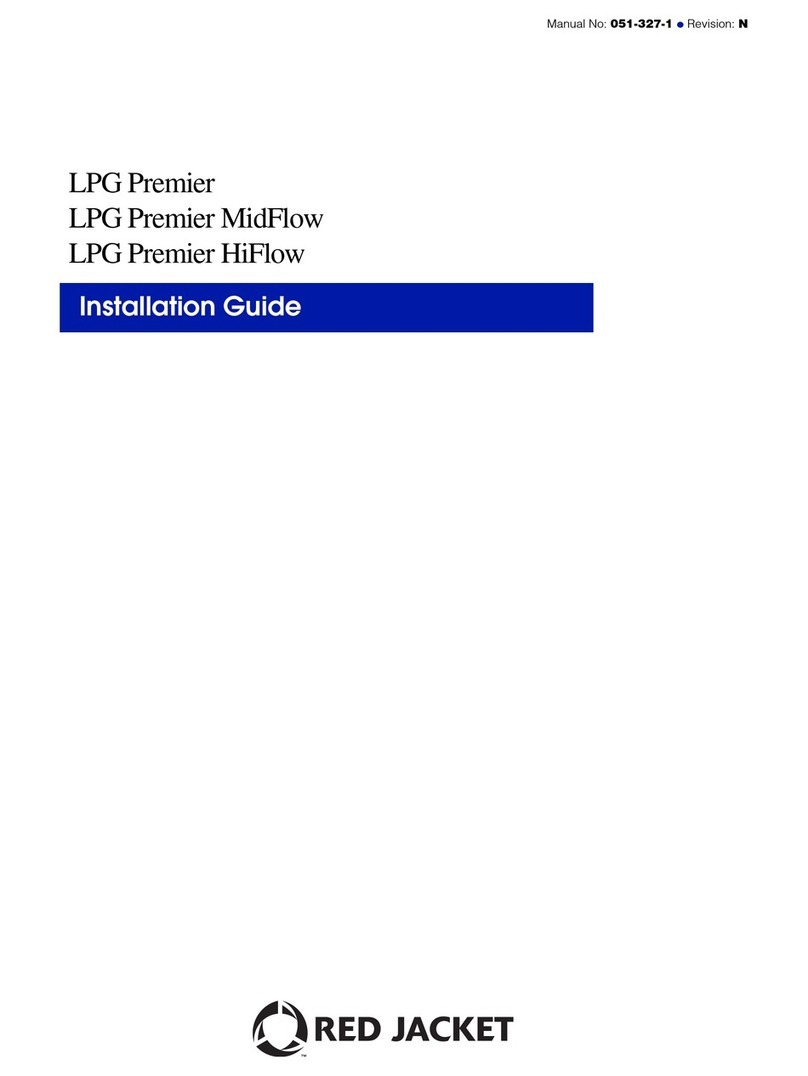
Table of Contents
v
Figure 19. Recommended Power Wire/I.S. Barrier (Transducer)
Wire Entry Through The Compression Bushing ...................................21
Figure 20. Multiple Pumps .....................................................................................22
Figure 21. Siphon Connection ...............................................................................23
Figure 22. Extractable Lock-Down Nuts ................................................................24
Figure 23. UMP Bolts And Gasket .........................................................................25
Figure 24. Verifying Pigtail’s Female Connector Is Seated Properly .....................25
Figure 25. Locating Packer And Manifold O-Rings ................................................26
Figure 26. Siphon Ports .........................................................................................27
Figure 27. Inserting Siphon Assembly Into Manifold ..............................................28
Figure 28. Inserting Check Valve Assembly Into Manifold .....................................30
Figure 29. Extractable Lock-Down Nuts ................................................................32
Figure 30. Packer-To-Manifold Wiring Connectors ................................................35
Figure 31. Male Connector’s Indexing Pin .............................................................35
Figure 32. Male Connector Index Hole In Base Of Socket ....................................36
Figure 33. Placing Masking Tape Alignment Marker On Front Of Male Connector ..36
Figure 34. Correct Depth Of Male Connector In Packer Socket ............................37
Figure 35. Locating Female Connector Set Screw ................................................38
Figure 36. Locating Discharge Port Plug For Pressure Transducer ......................39
Figure 37. Locating Air Purge Screw .....................................................................40
Figure 38. Locating Air Purge Screw Hitch Pin ......................................................41
Figure 39. Reorienting The Air Purge Screw Hitch Pin ..........................................41
Figure 40. Hitch Pin In Position To Install Air Purge Screw ...................................41
Figure 41. Installing Air Purge Screw Hitch Pin In The Retaining Position ............42
Figure 42. Locating Pump Line Test Port ..............................................................44
Figure 43. Service Screw, Line Test Port, And Air Purge Screw Locations ...........46
Figure 44. Tank Test Port On Manifold ..................................................................47
Figure 45. Pump Parts ...........................................................................................49
Figure 46. Siphon Cartridge Kit ..............................................................................50
Figure 47. Check Valve Housing Kit ......................................................................50
Figure 48. Check Valve Kit ....................................................................................51
Figure 49. Conduit Bushing ...................................................................................52
Figure 50. Die Spring Kit ........................................................................................52
Figure 51. O-Ring Kit .............................................................................................53
Figure 52. Electrical Connector Kit ........................................................................54
Figure 53. Air Purge Screw Kit ...............................................................................54
Figure 54. Capacitor Kit .........................................................................................55
Figure 55. Siphon Dummy Plug Kit ........................................................................56
Figure 56. Eyebolt Plug Kit ....................................................................................57
Figure 57. Conduit Box Plug Kit .............................................................................58
Figure B-1. Pump On Condition ............................................................................ B-1
Figure B-2. Relief Valve Vents Excess Line Pressure ........................................... B-1
Figure B-3. Locking Down The Check Valve For Line Testing .............................. B-2
Figure B-4. Removal Of Check Valve Assembly For Service ................................ B-2
Figure B-5. Returning The Check Valve To Its Normal Operating Position ........... B-3
Figure B-6. Purging Air From Manifold .................................................................. B-4
Tables
Table 1. Maximum Specific Gravity And Maximum Viscosity ..................................6
Table 2. Distances From Top Of Lifting Screw To Inlet .........................................10
Table 3. Electrical Service Information ..................................................................10
Table 4. UMP Model Dimensions ..........................................................................10
Table 5. Approximate Pump Shut Off Pressure Range .........................................11
Table 6. UMP And Packer/Manifold Combinations ...............................................12

































